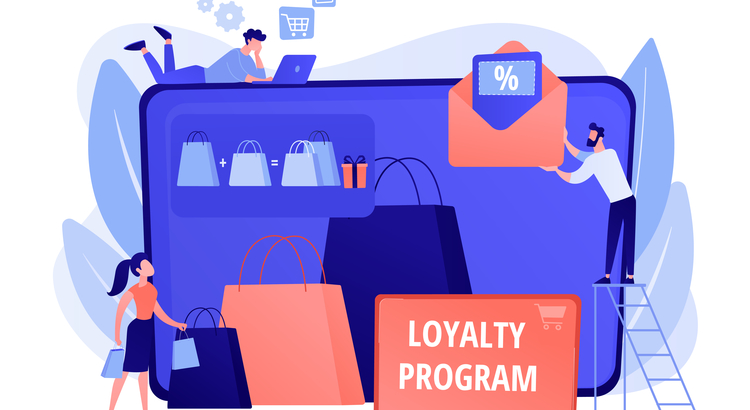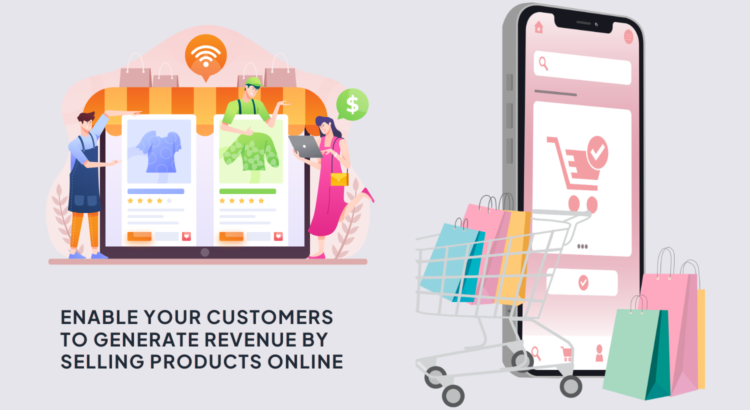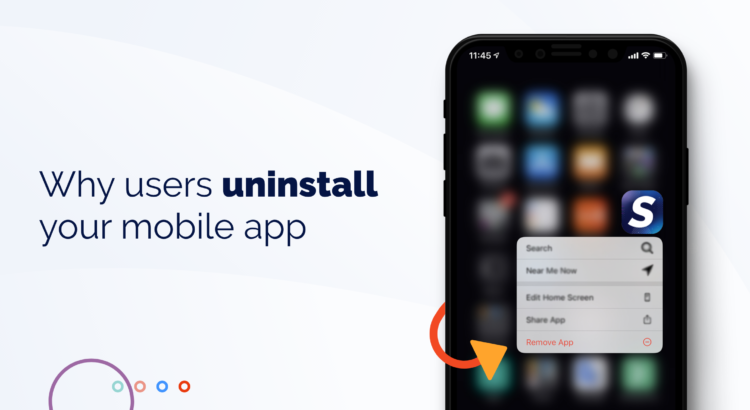In today’s competitive business landscape, retaining customers and fostering loyalty is a paramount goal for any successful enterprise. The advent of technology has brought about a transformative shift in how businesses approach customer loyalty, with the right loyalty program app emerging as a key player in this strategy.
The Power of Loyalty Programs: Loyalty programs have evolved from simple punch cards to sophisticated mobile applications, revolutionizing the way businesses engage with their customer base. The fundamental principle remains the same – rewarding customers for their loyalty. However, it is the transition to digital platforms that has elevated the effectiveness of these programs.
Seamless Customer Engagement: A well-designed loyalty program app ensures seamless customer engagement. Customers can easily sign up, track their rewards, and redeem them through a user-friendly interface. This accessibility enhances the overall customer experience, fostering a positive relationship between the brand and its patrons.
Personalization and Data Insights: The right loyalty program app goes beyond basic transactions; it delves into customer preferences and behaviour. By leveraging data analytics, businesses can gain valuable insights into individual customer habits, allowing for highly targeted and personalized rewards. This level of personalization not only enhances customer satisfaction but also contributes to increased sales and customer lifetime value.
Building Emotional Connections: Successful loyalty programs are not just about discounts; they are about building emotional connections. A well-crafted loyalty app provides a platform for businesses to communicate directly with their customers, conveying appreciation and creating a sense of exclusivity. This emotional bond can significantly impact brand loyalty and advocacy.
Boosting Customer Retention: The cost of acquiring a new customer far exceeds the cost of retaining an existing one. A loyalty program app acts as a powerful retention tool by incentivizing customers to stick with a brand. The ongoing rewards, exclusive offers, and personalized experiences serve as compelling reasons for customers to remain loyal over the long term.
Enhancing Brand Visibility: A loyalty program app not only retains customers but also amplifies a brand’s visibility. The digital nature of these programs allows for effortless social sharing, turning loyal customers into brand advocates. Positive word-of-mouth generated through these programs can attract new customers, creating a cycle of growth and success.
Adaptability and Innovation: The business landscape is dynamic, and the right loyalty program app evolves with it. Whether through incorporating gamification elements, introducing tiered rewards, or integrating with emerging technologies, a flexible loyalty app adapts to changing market trends. This adaptability ensures that businesses stay ahead in the competition and continue to delight their customers.
In conclusion, the right loyalty program app is not just a tool: it’s a strategic investment in customer loyalty and business success. By seamlessly engaging customers, personalizing experiences, and fostering emotional connections, businesses can unlock the full potential of loyalty programs in the digital age. The key to success lies in choosing and implementing an app that aligns with the brand’s objectives and resonates with its customer base.





